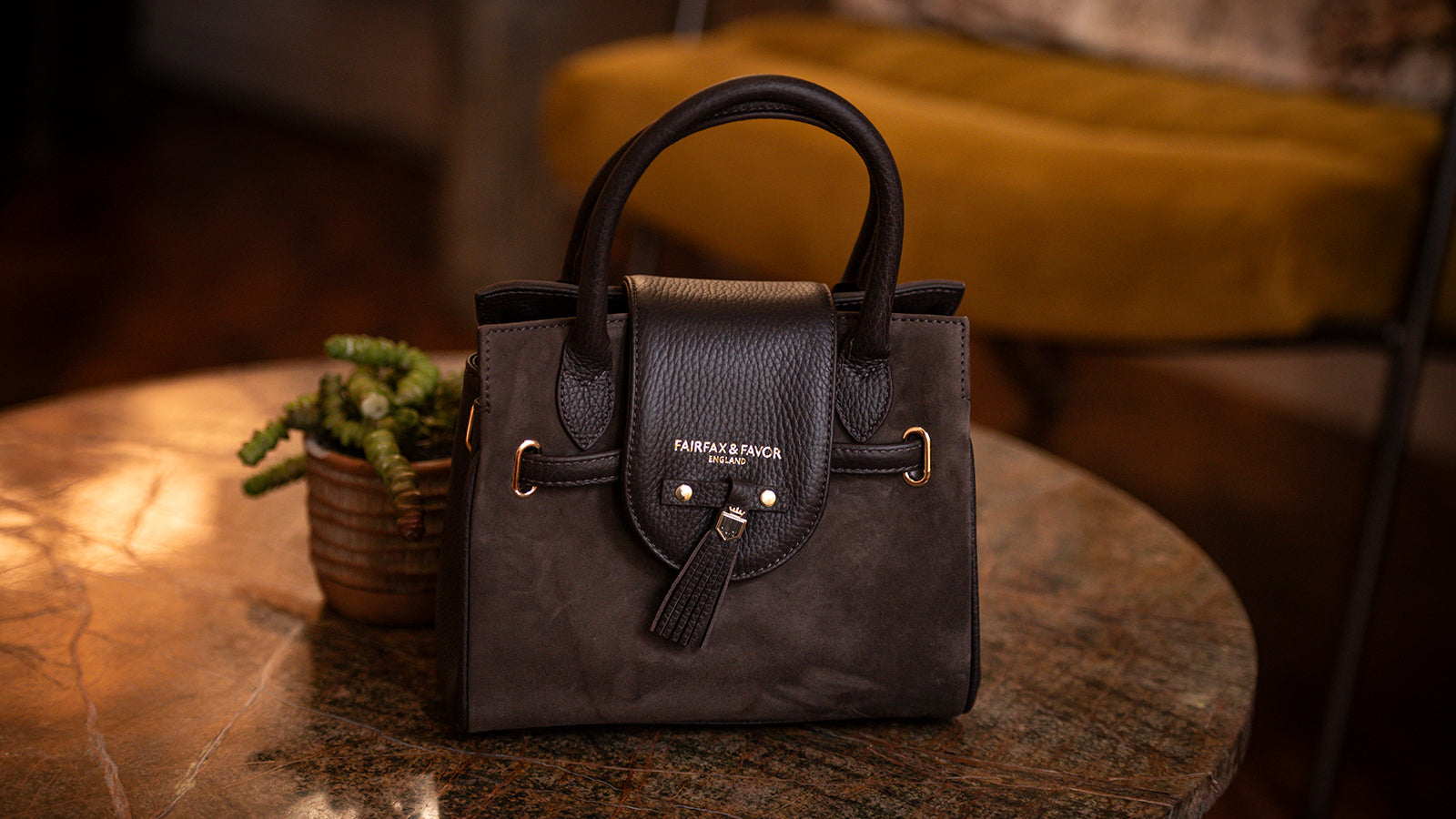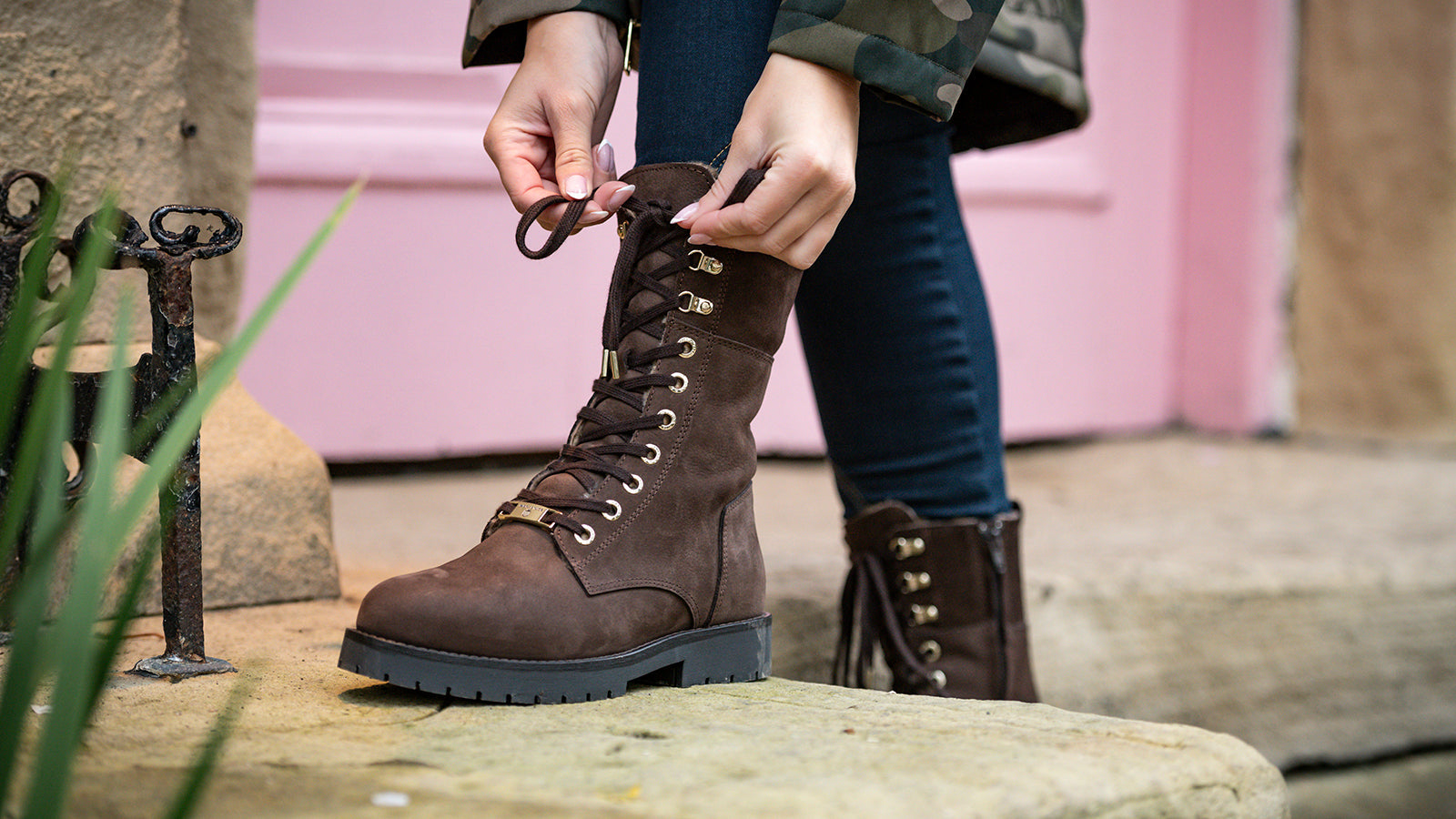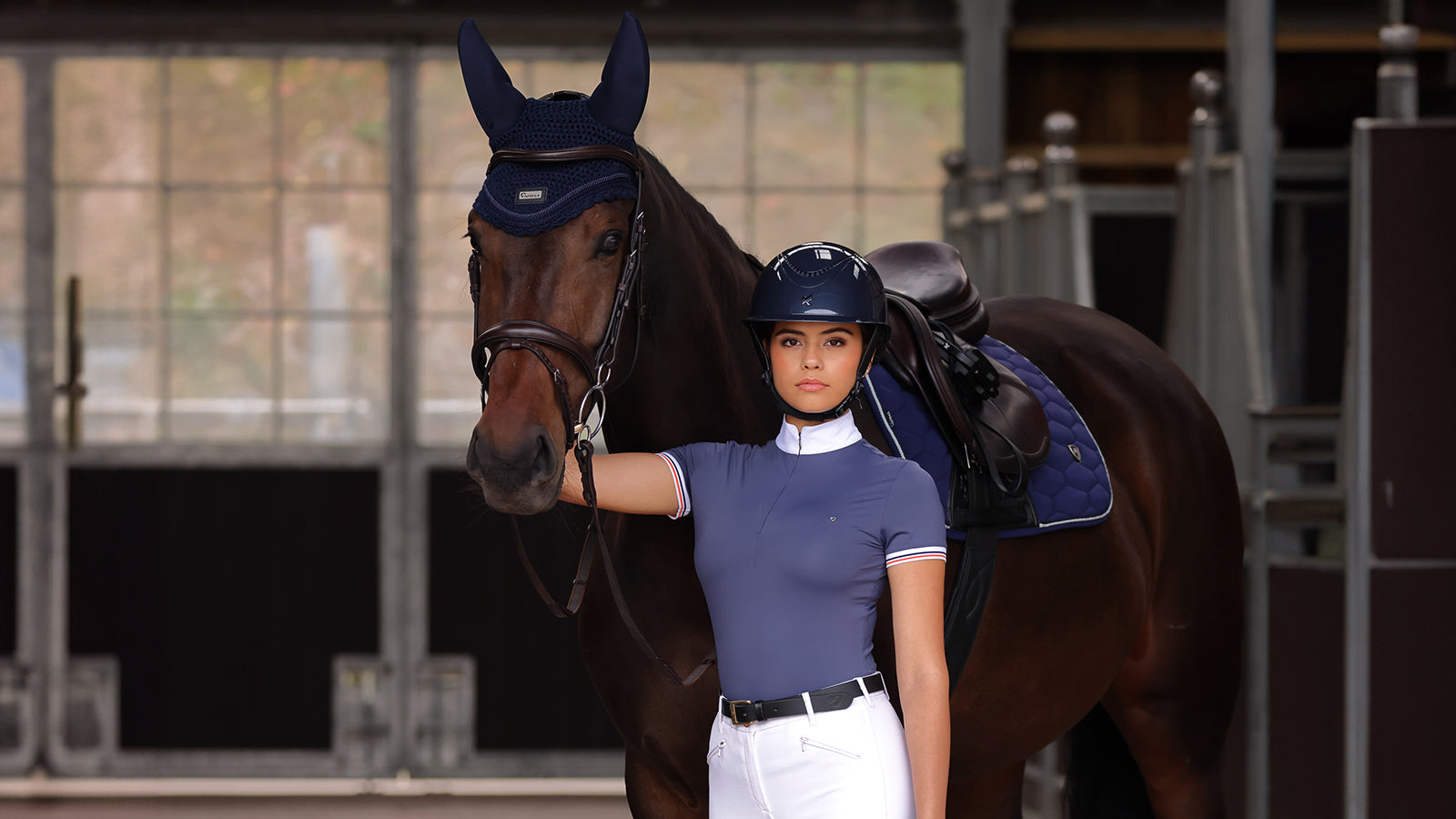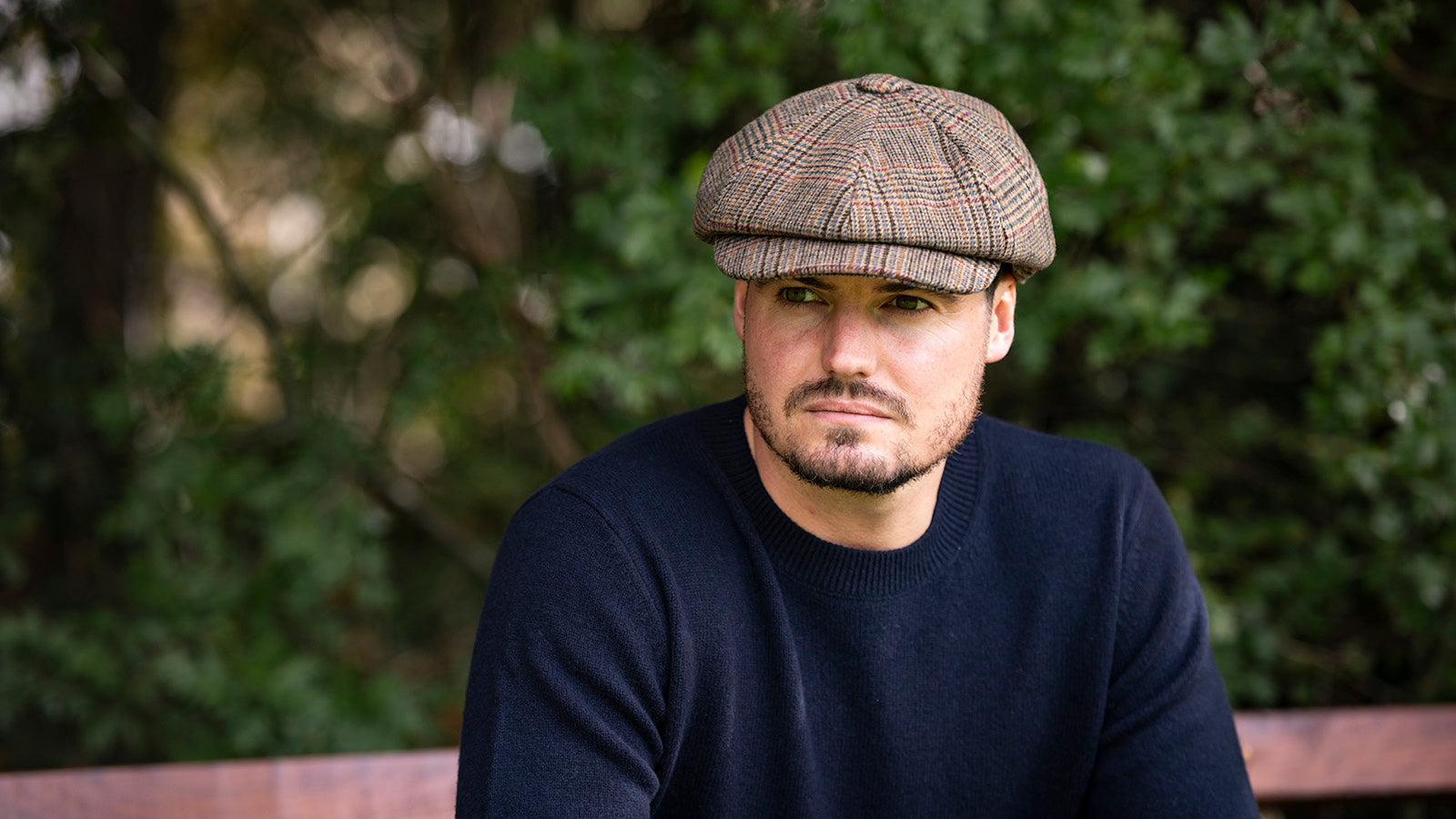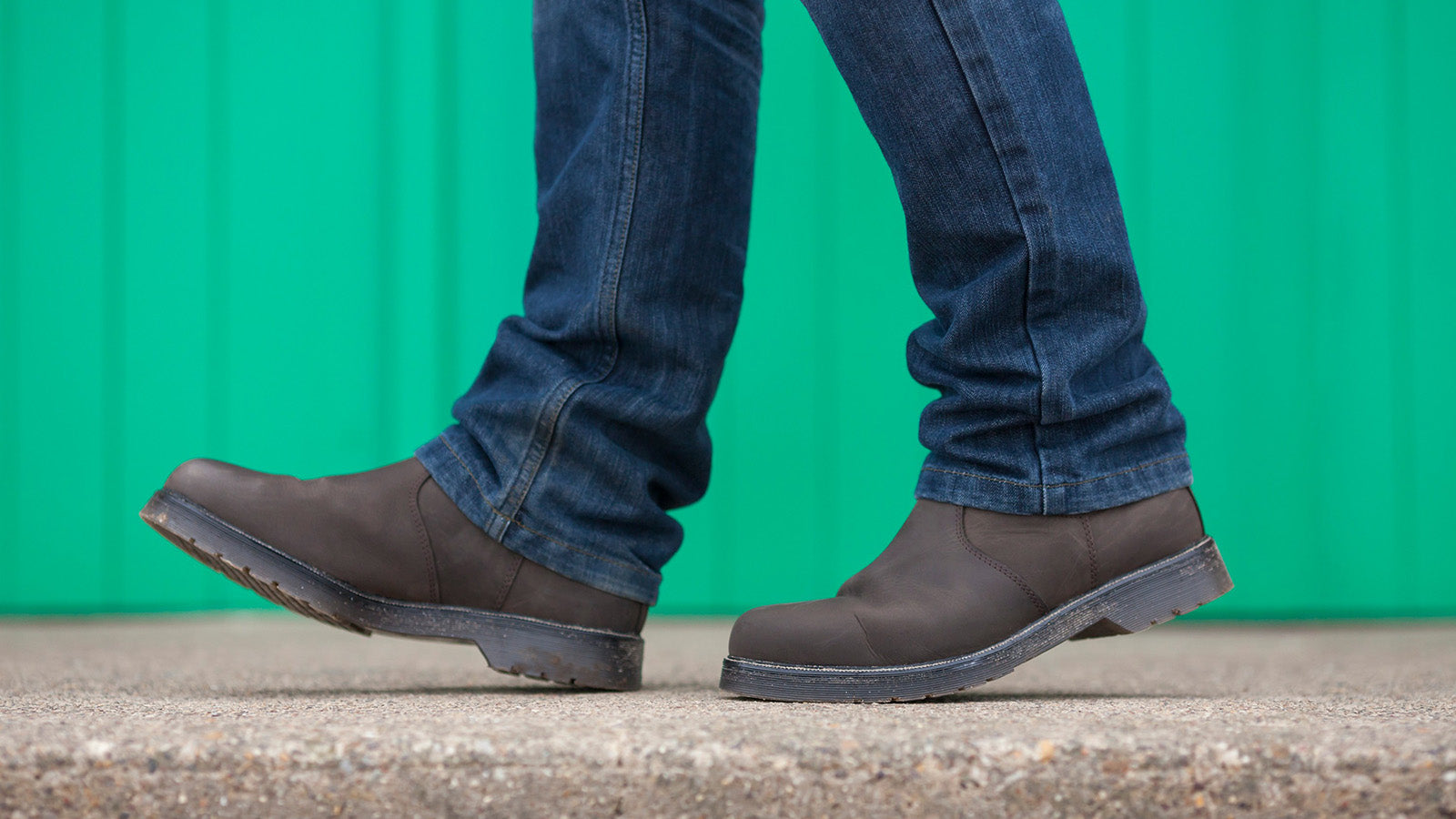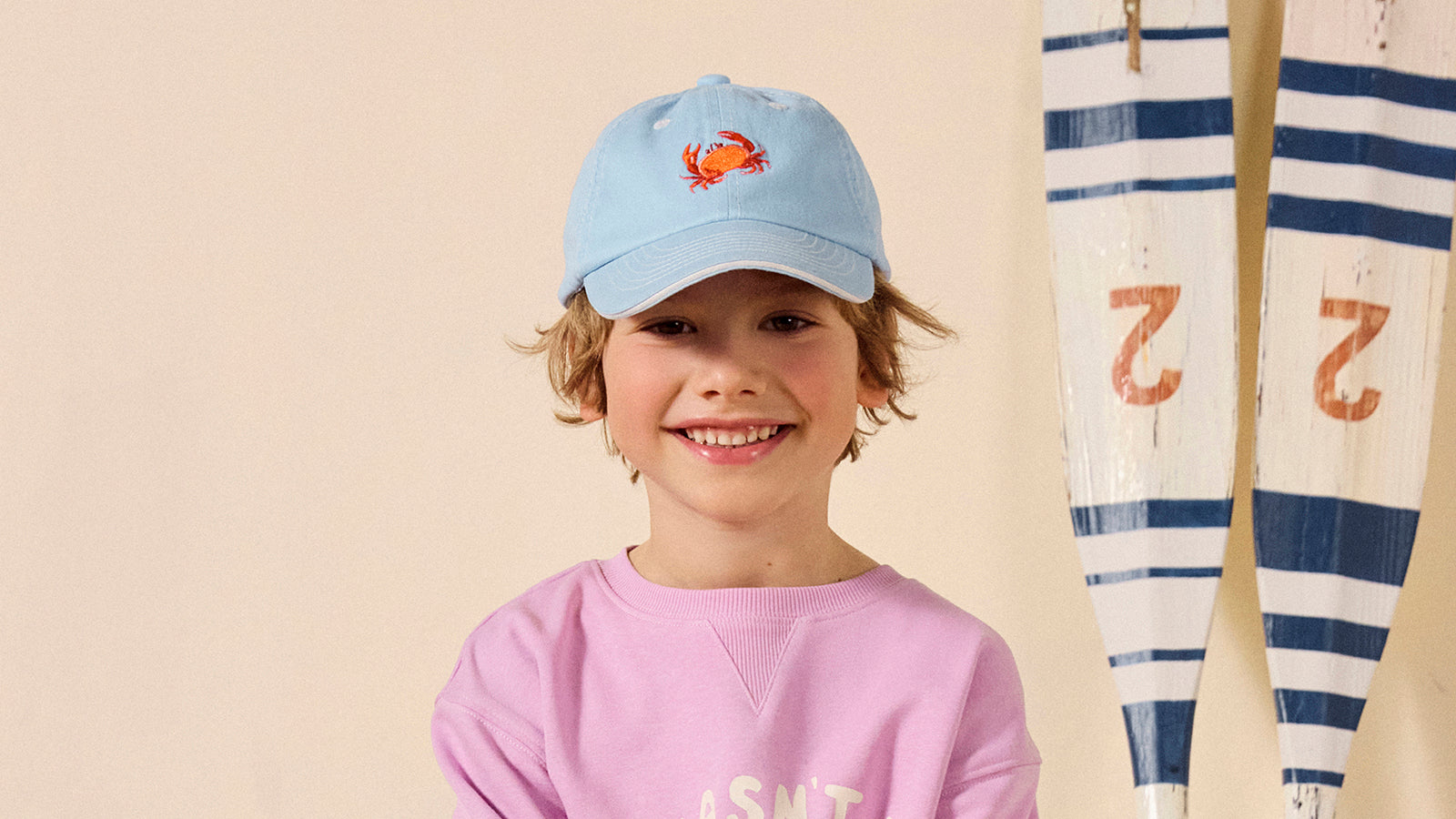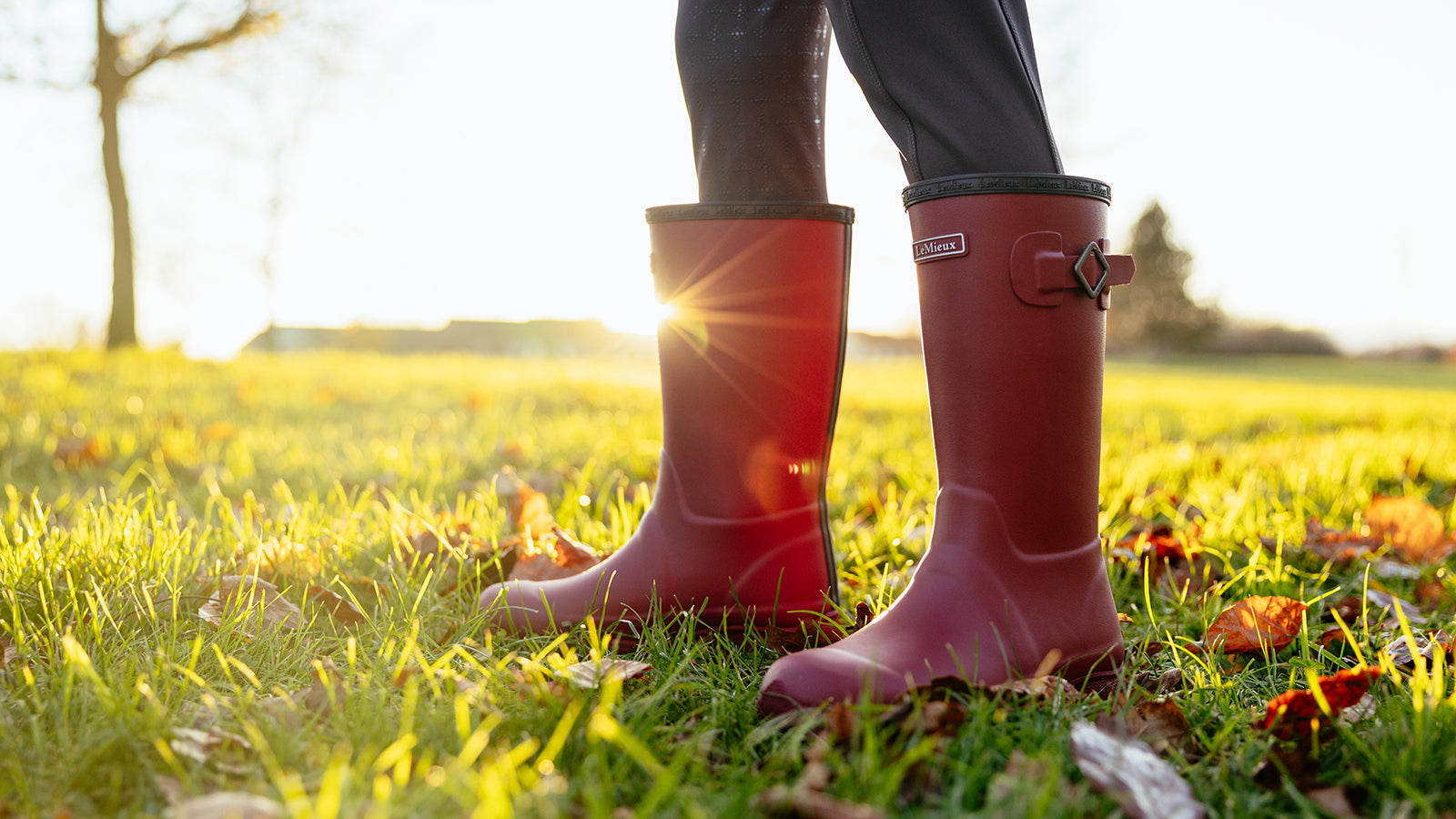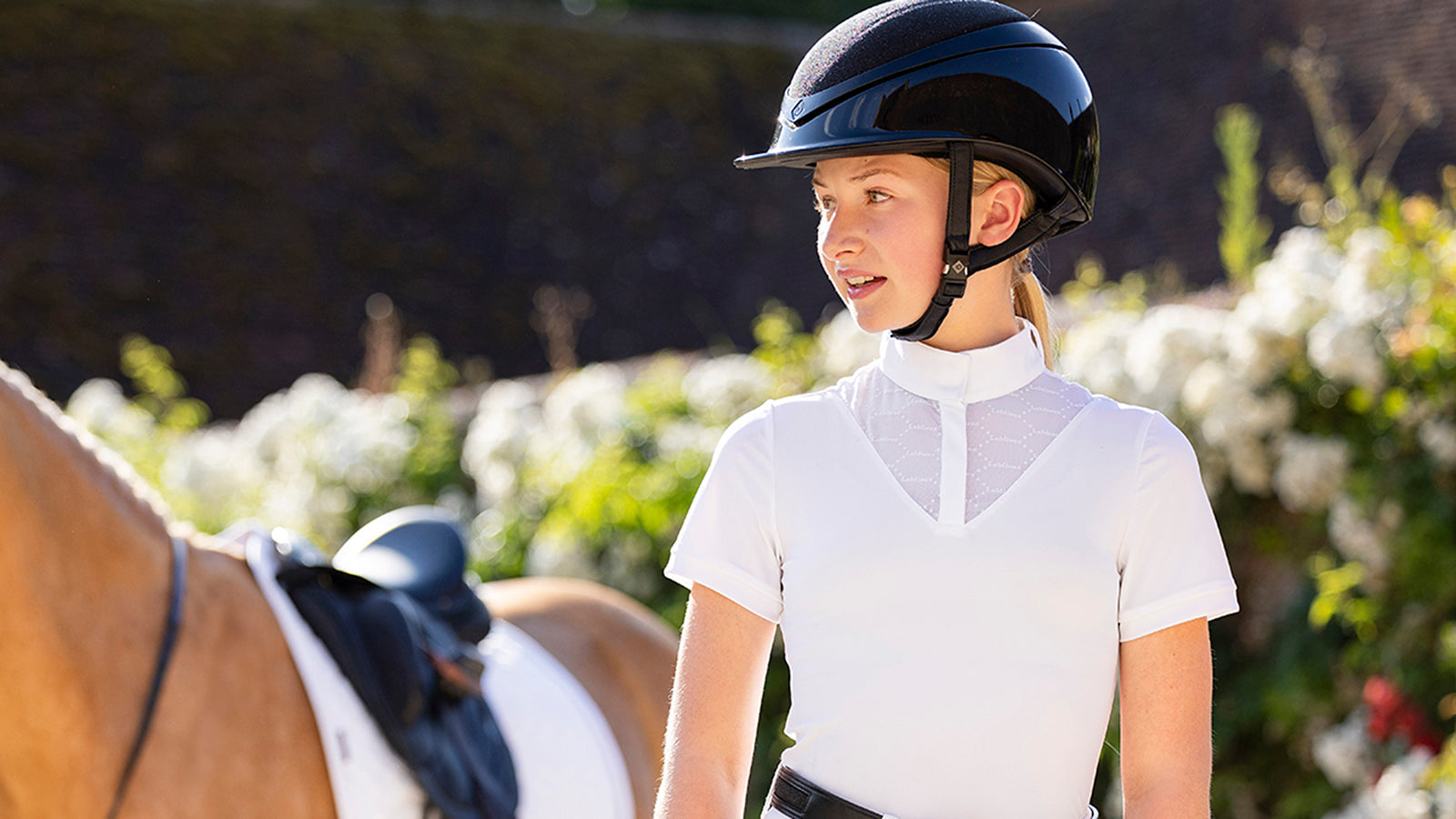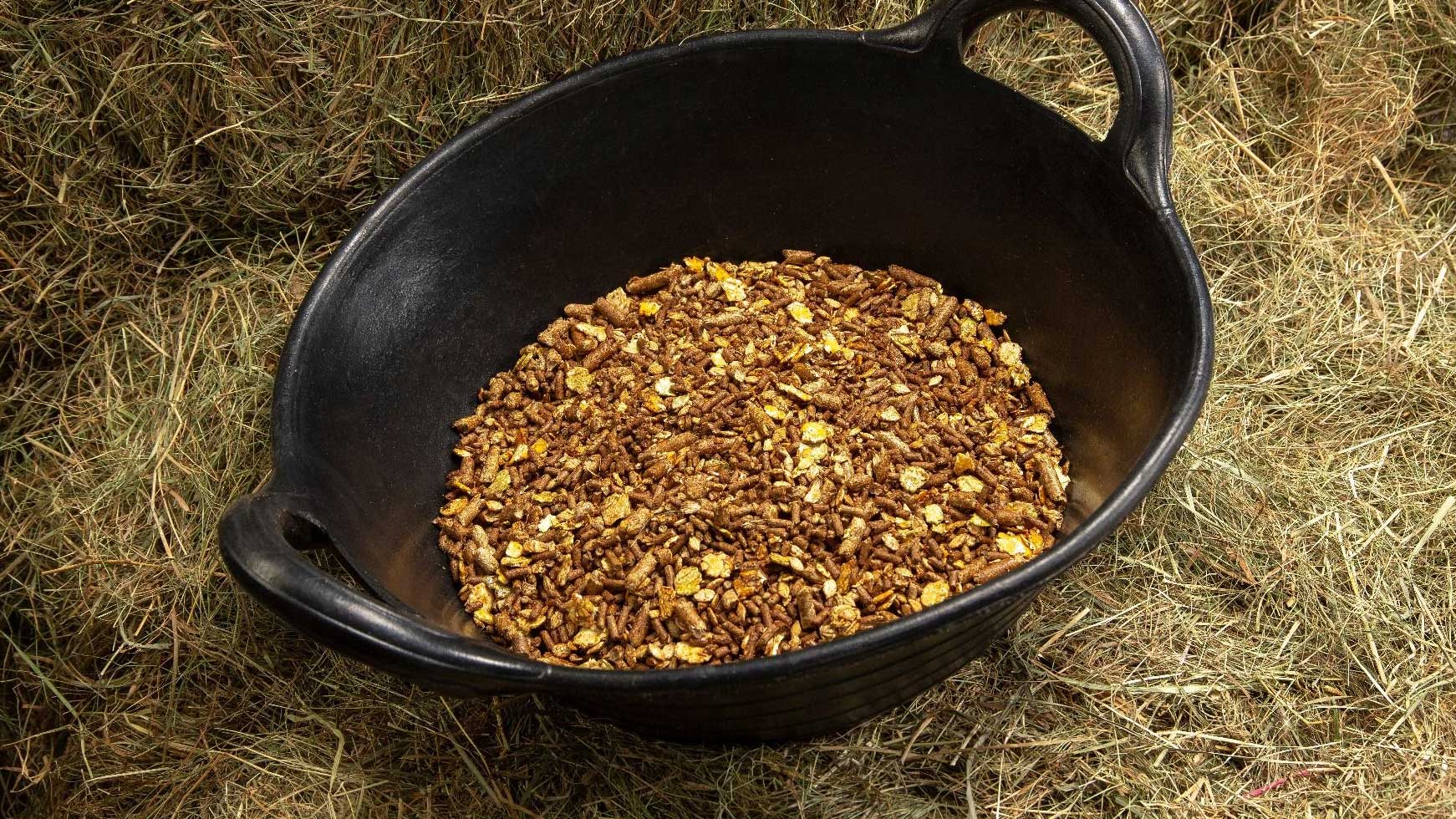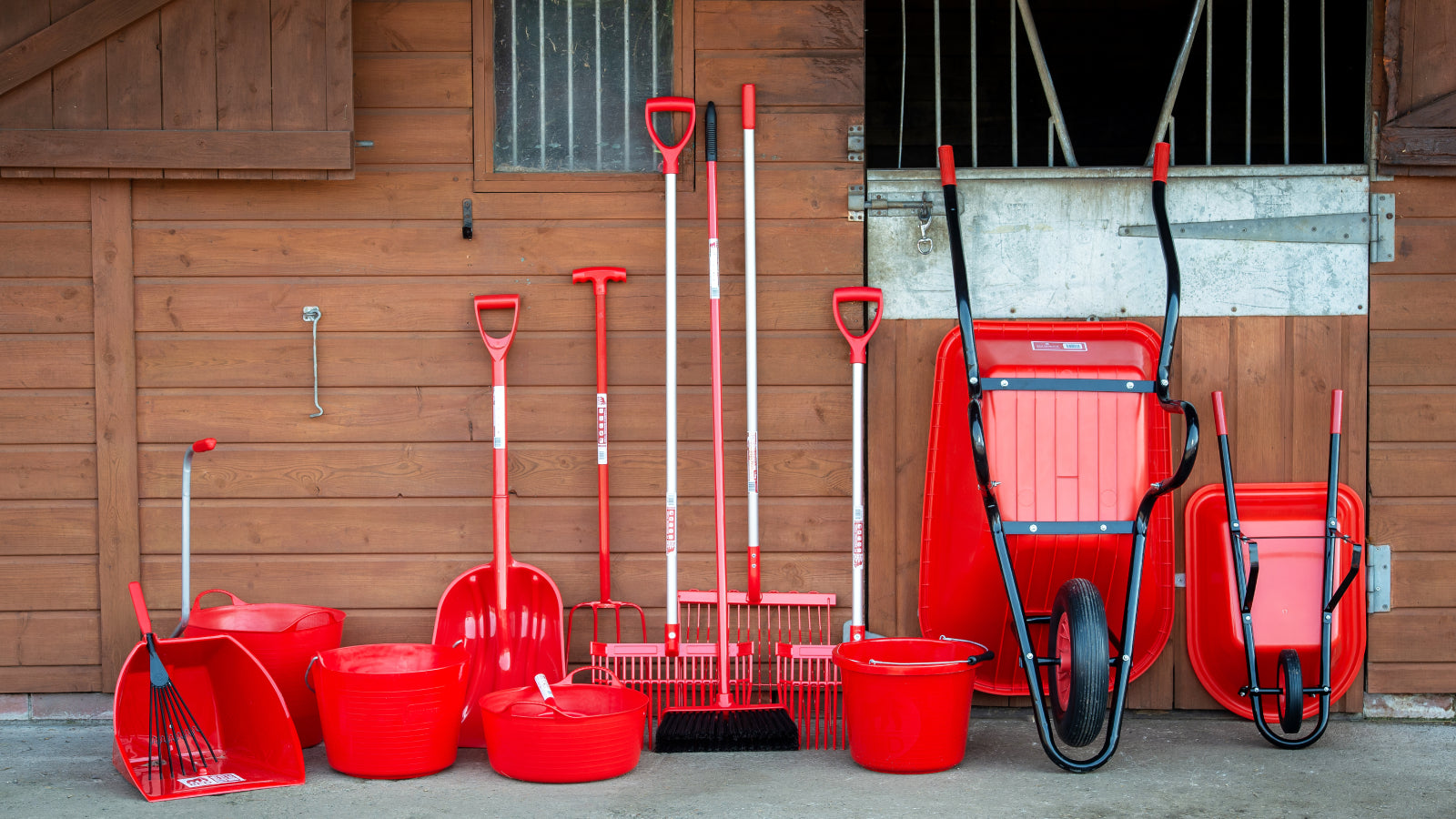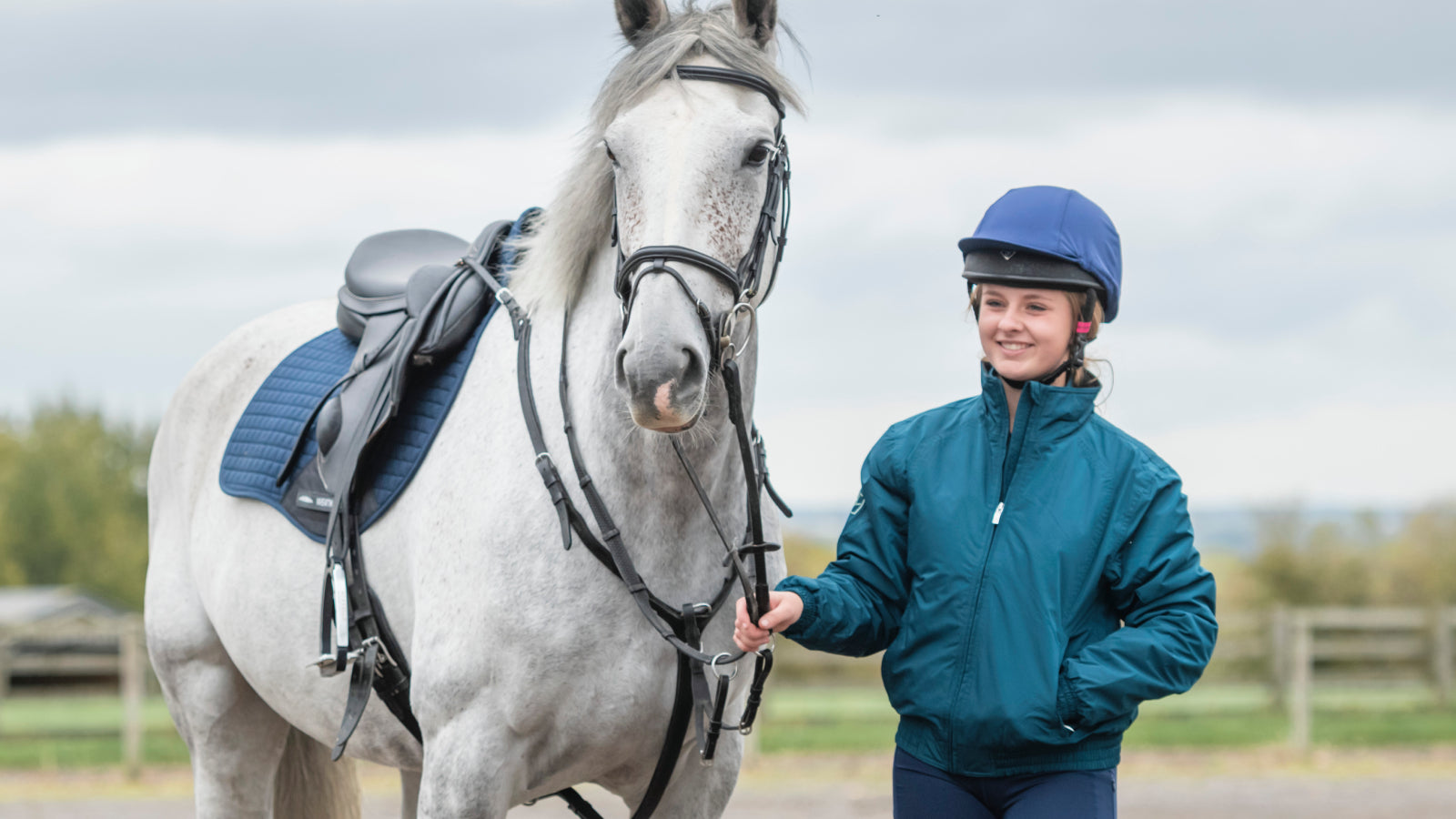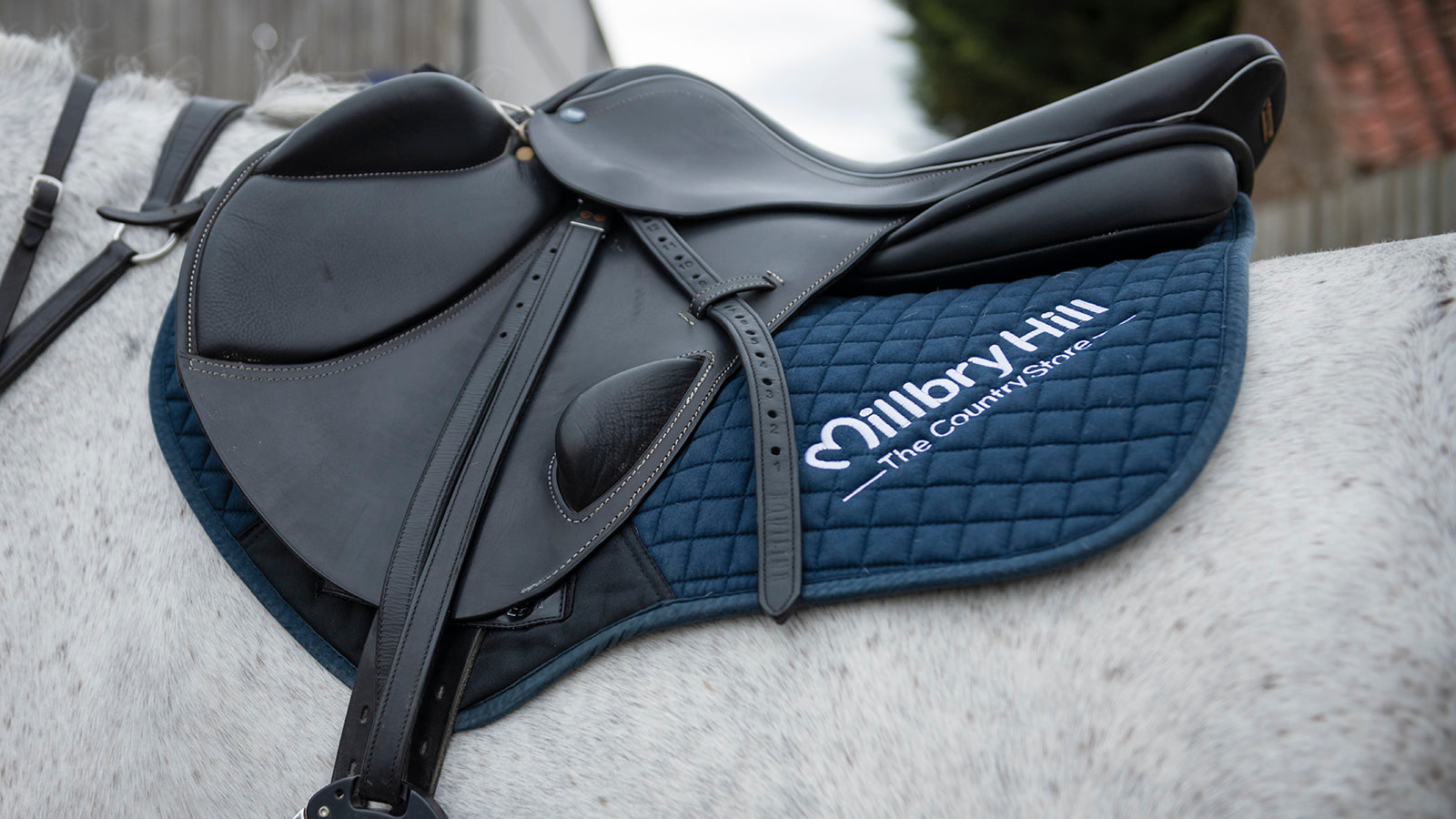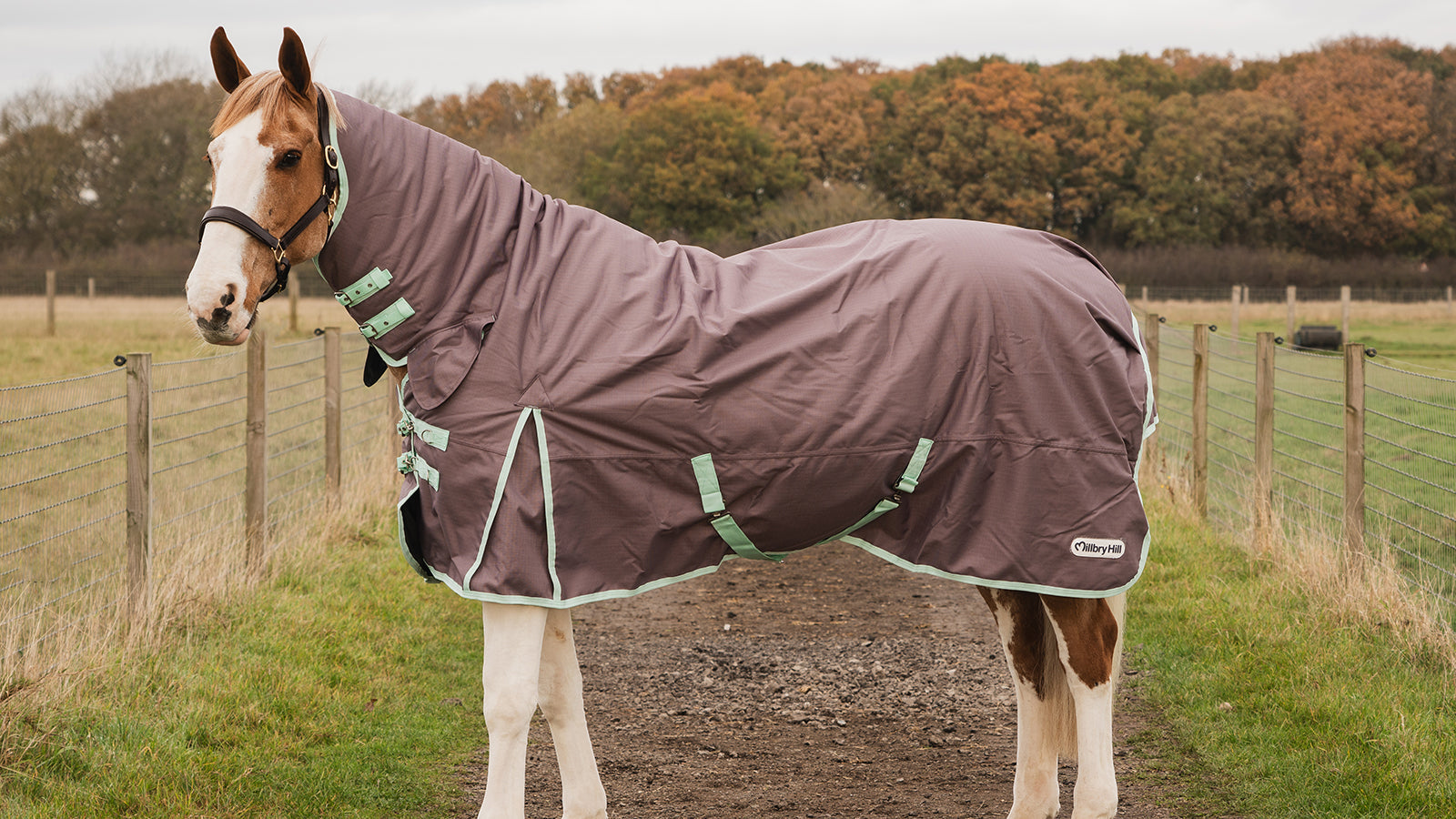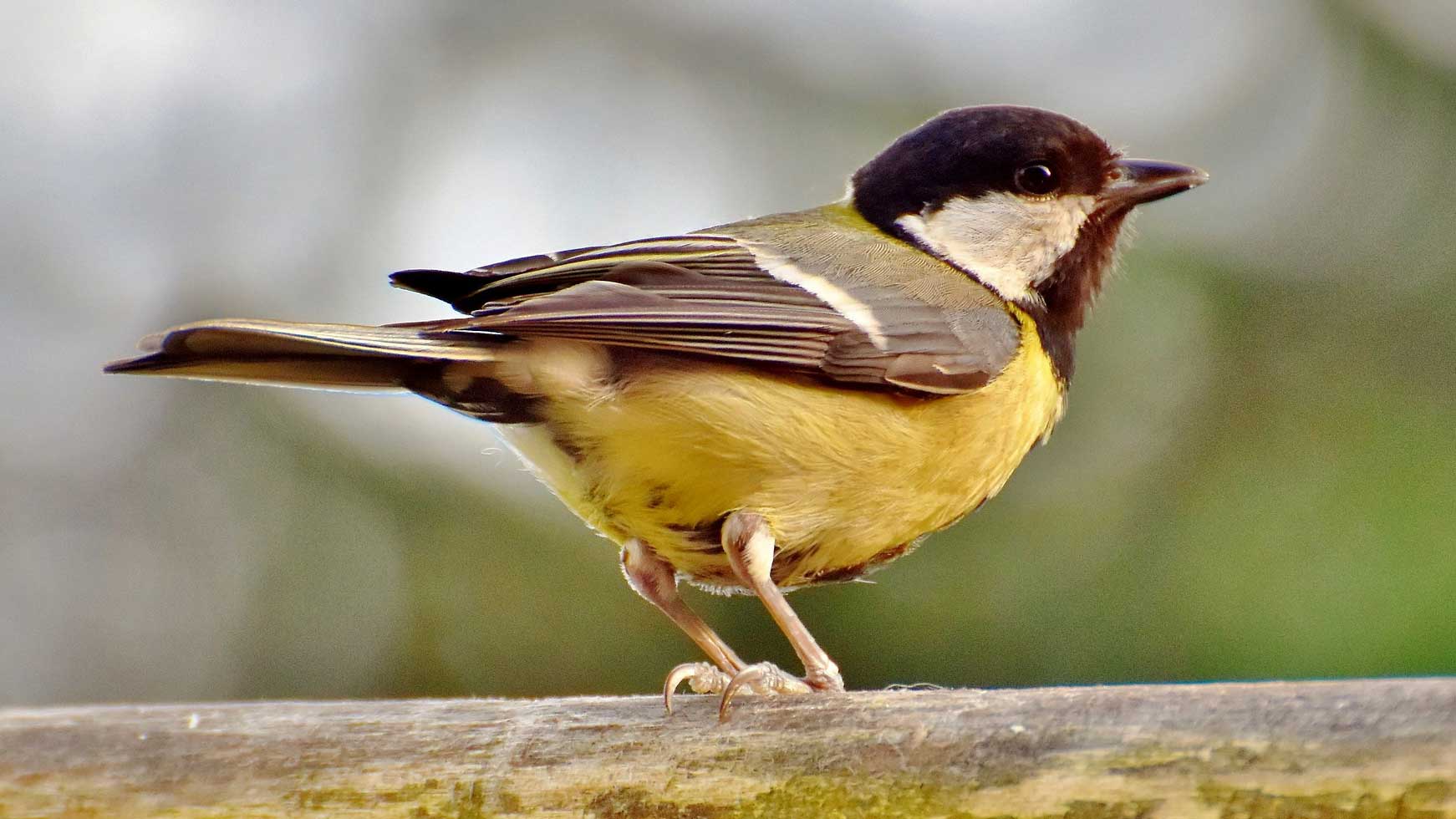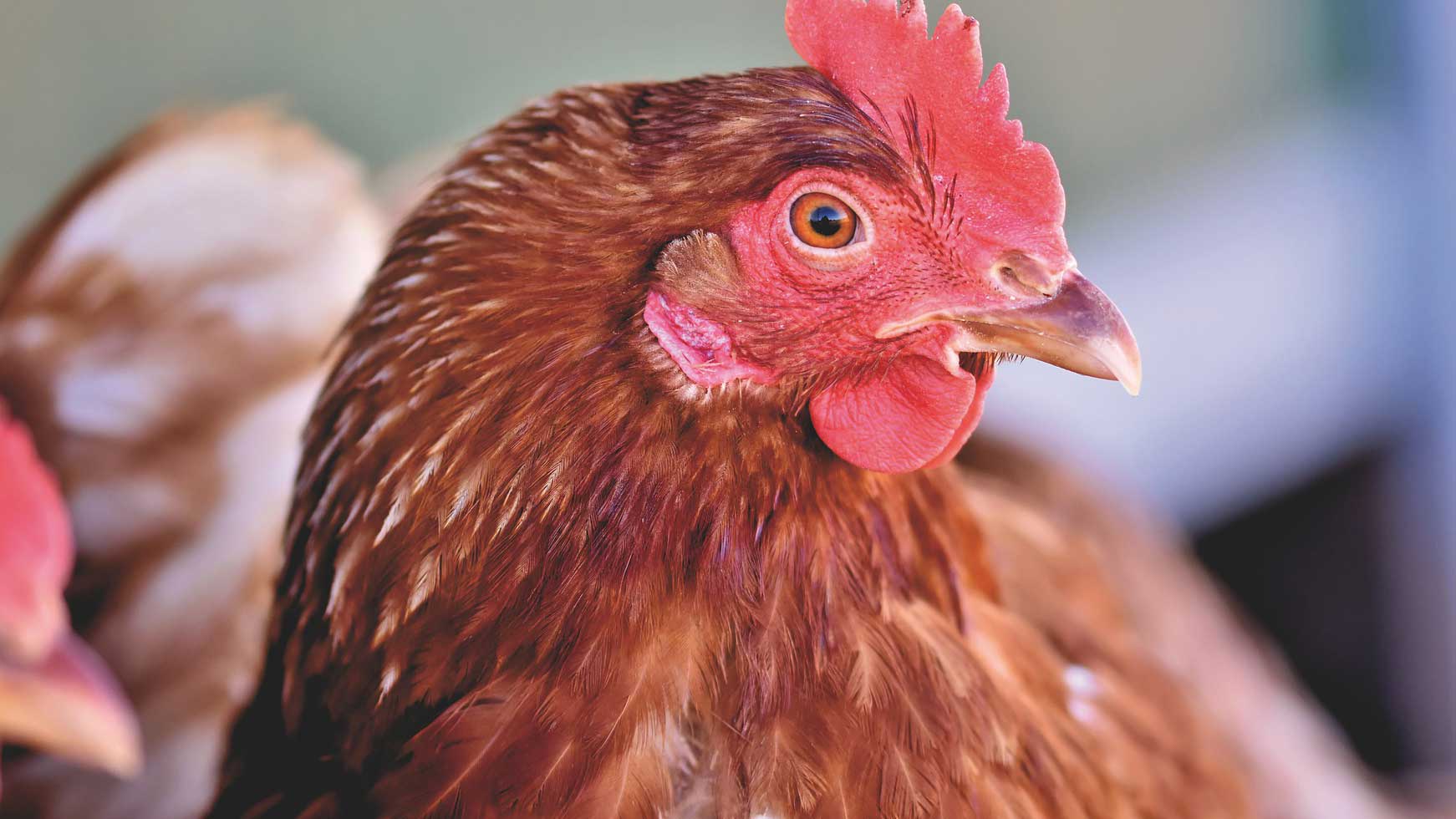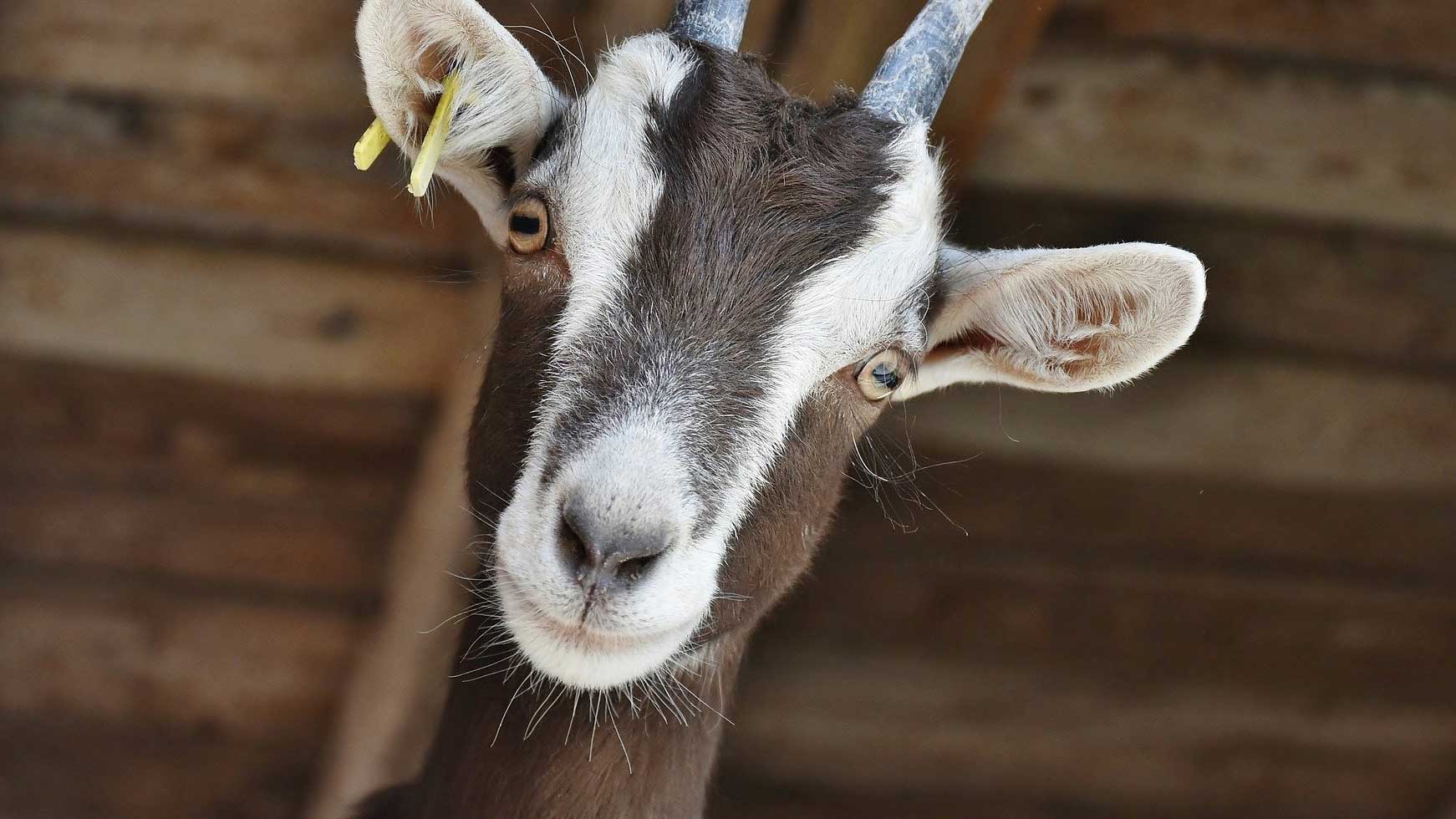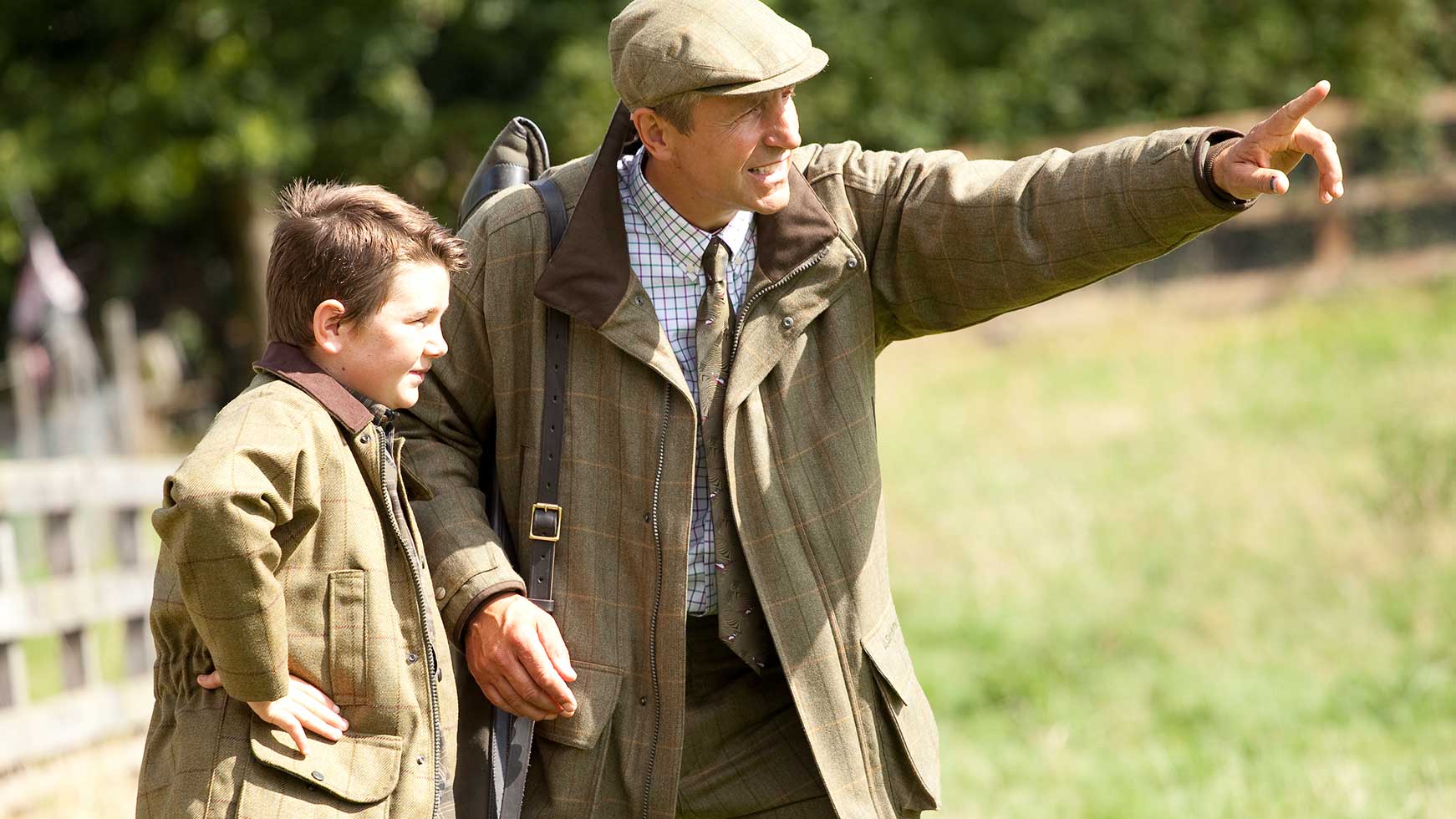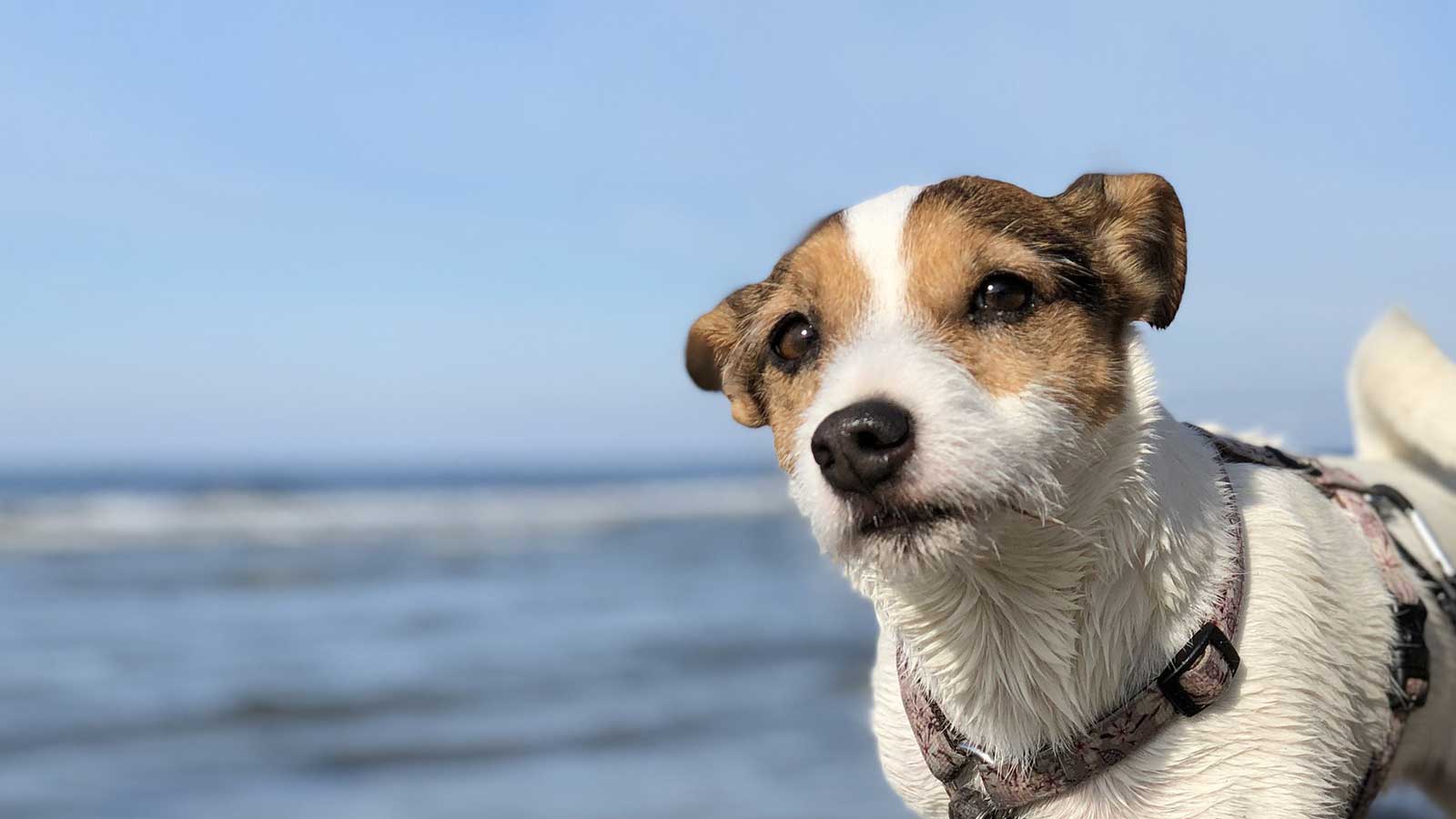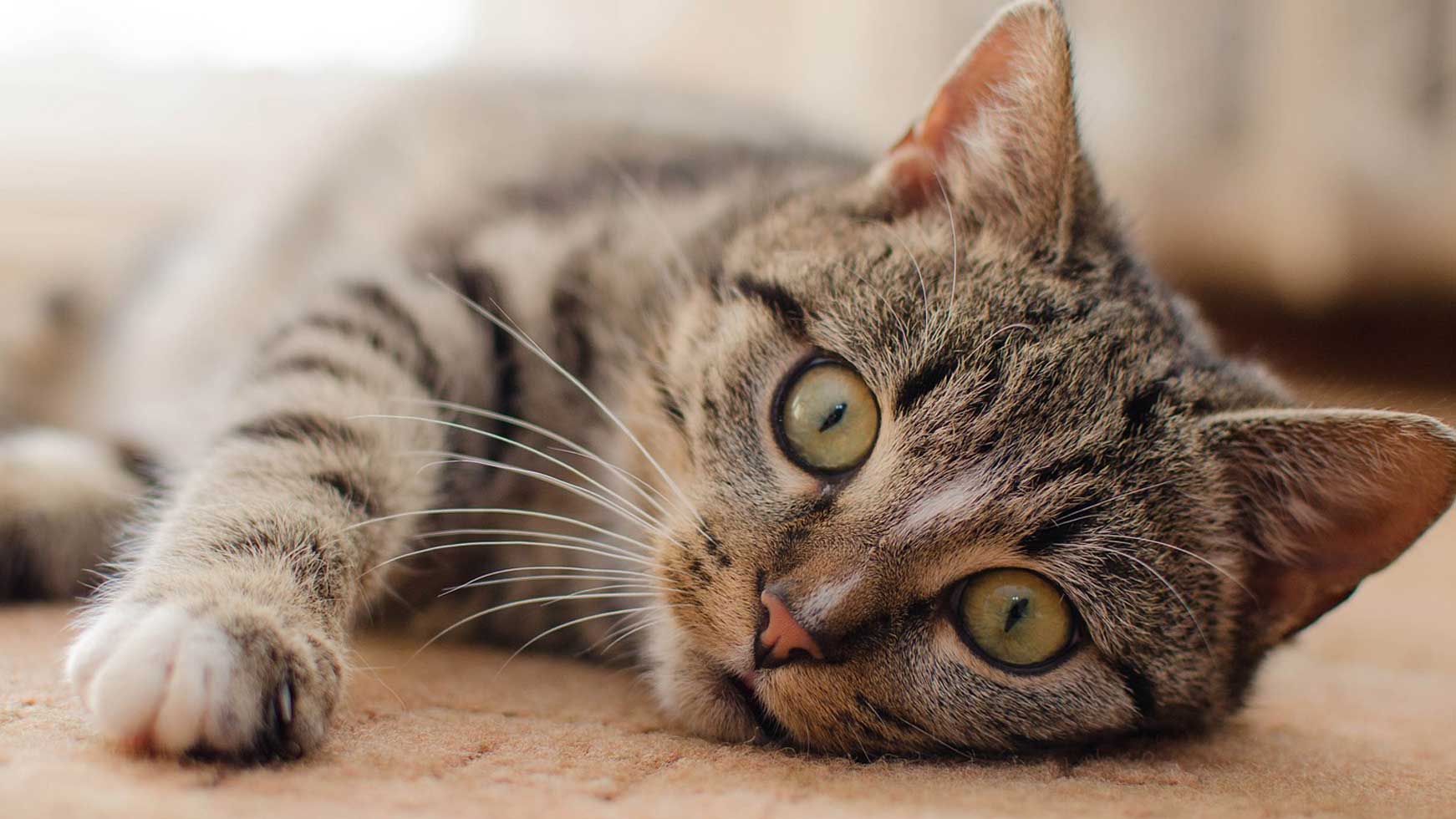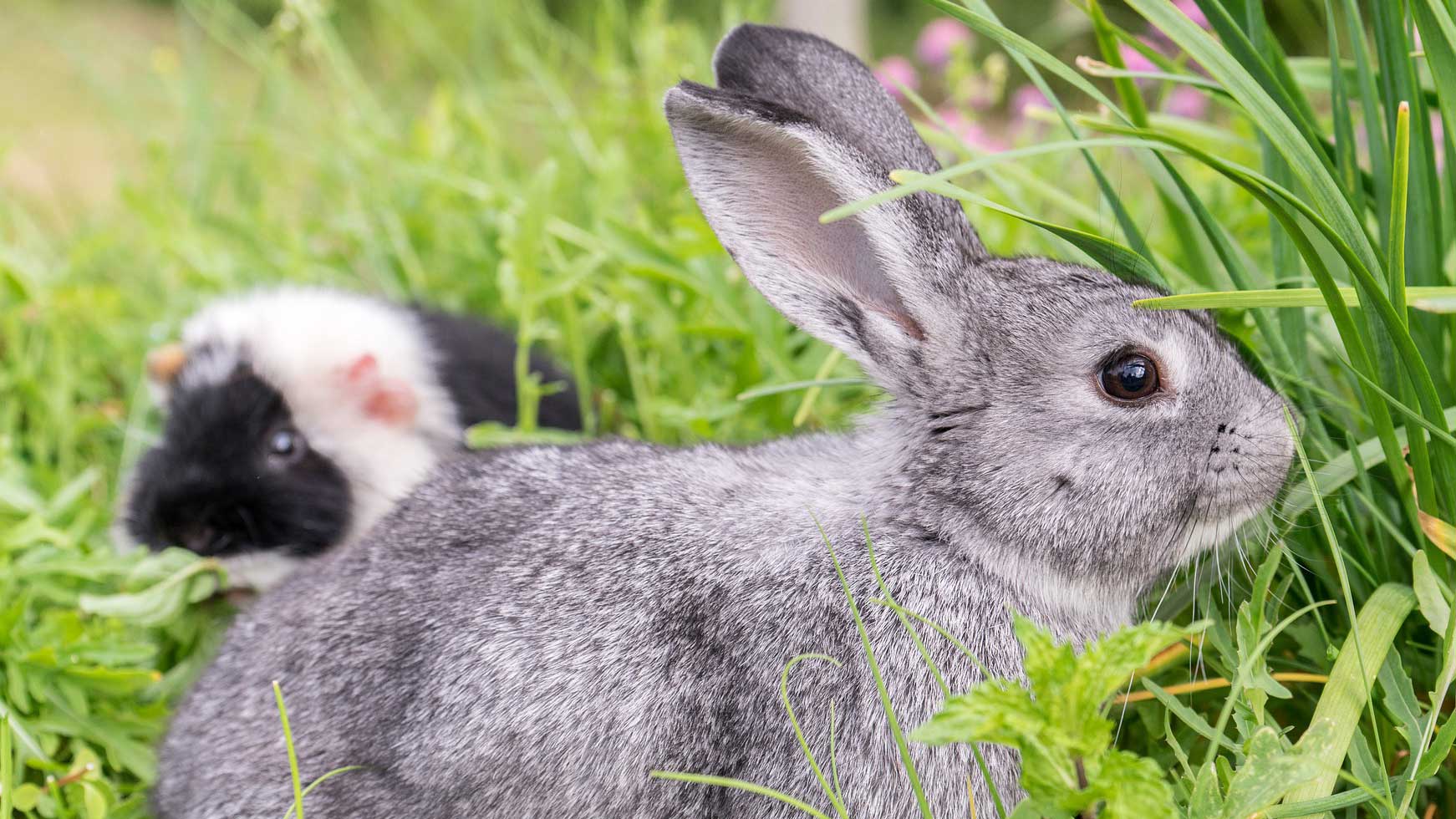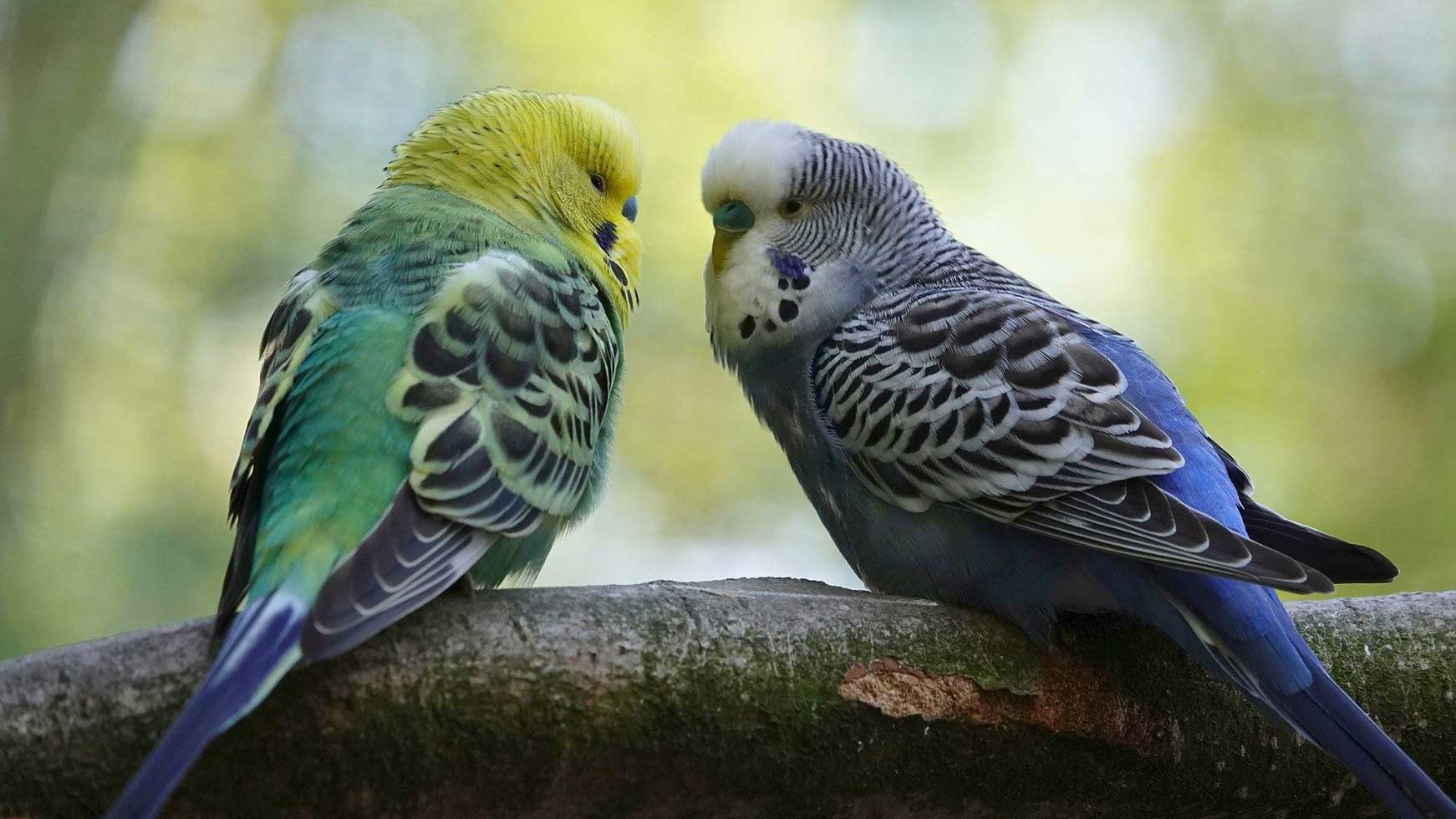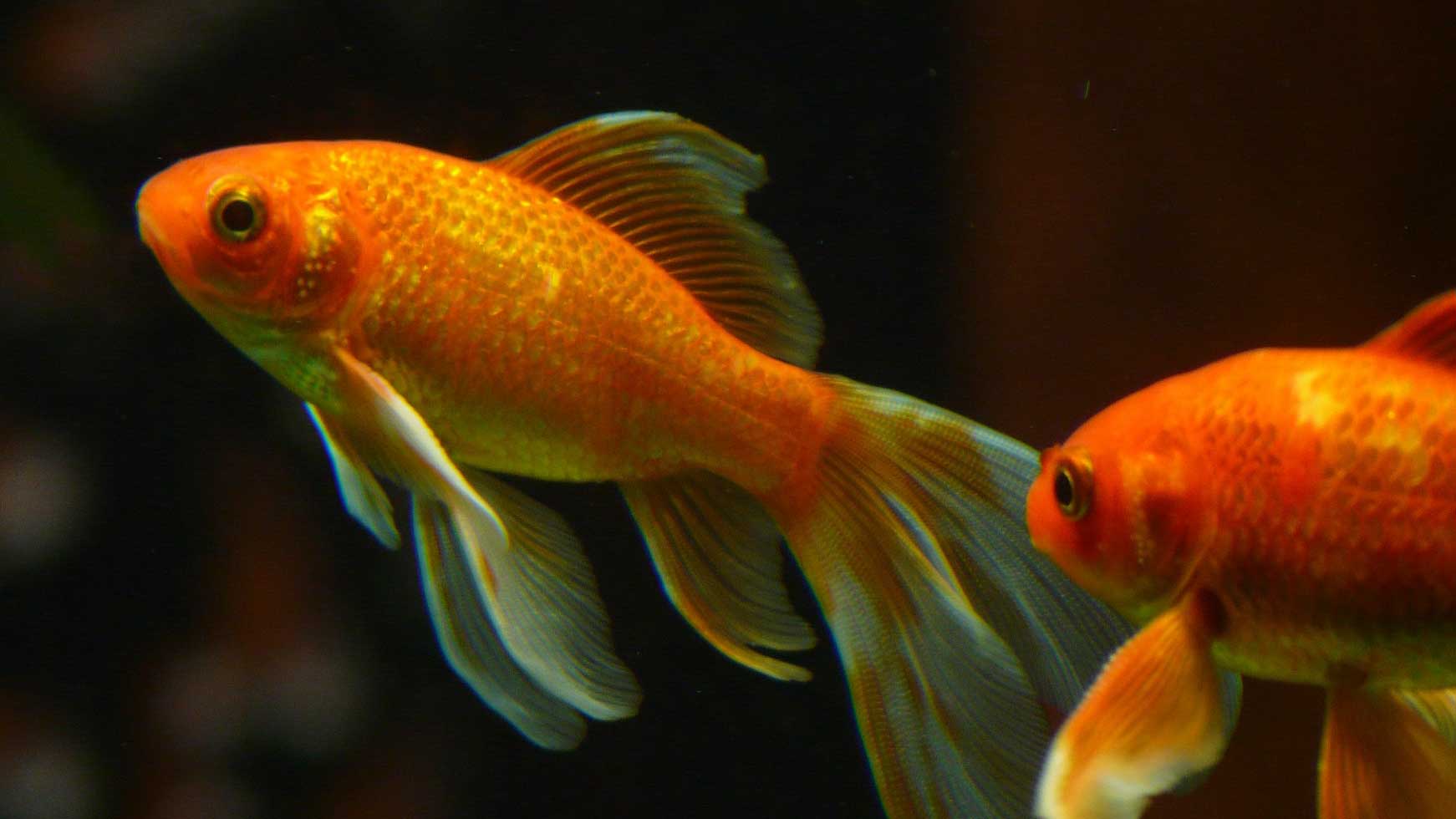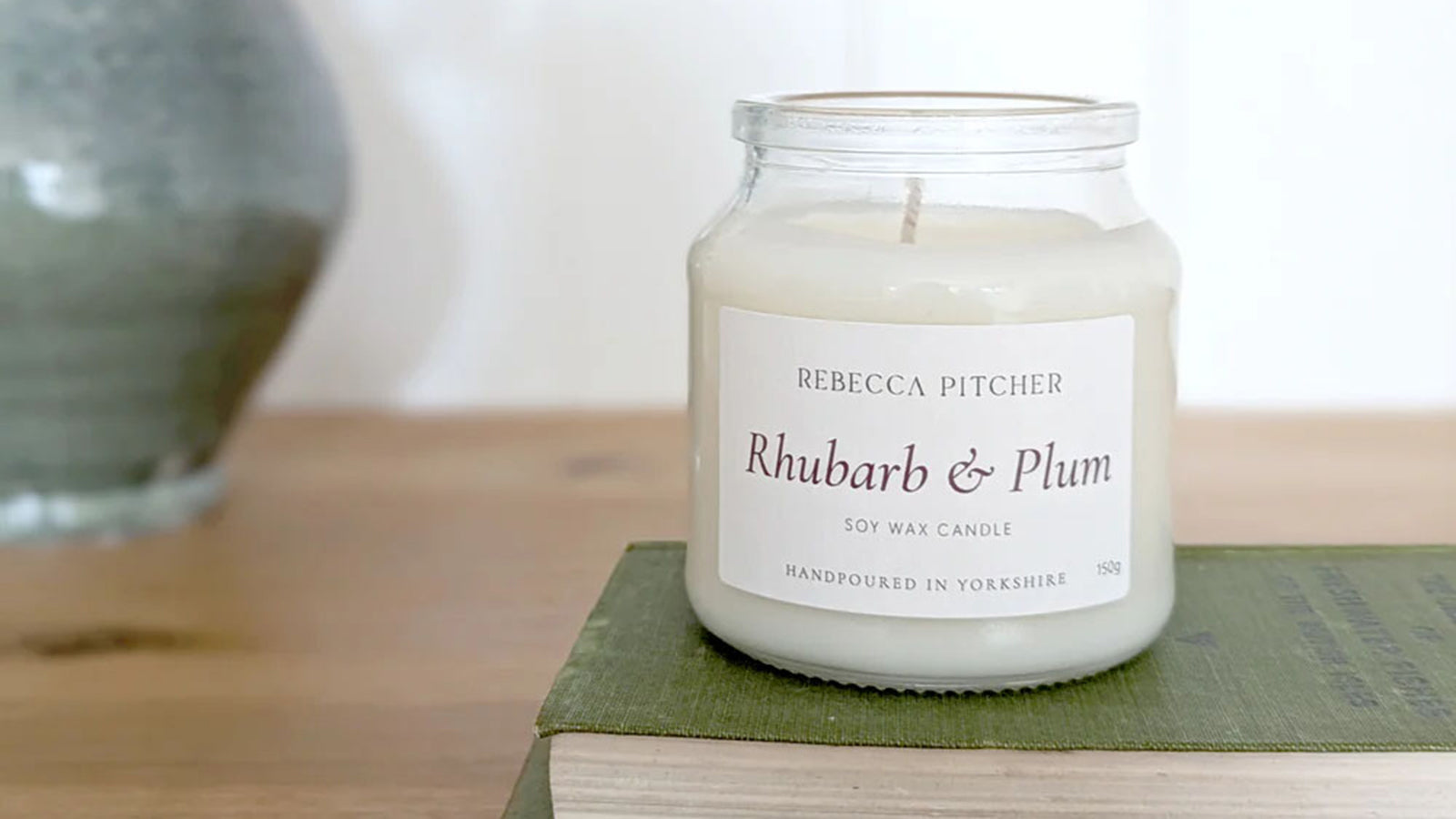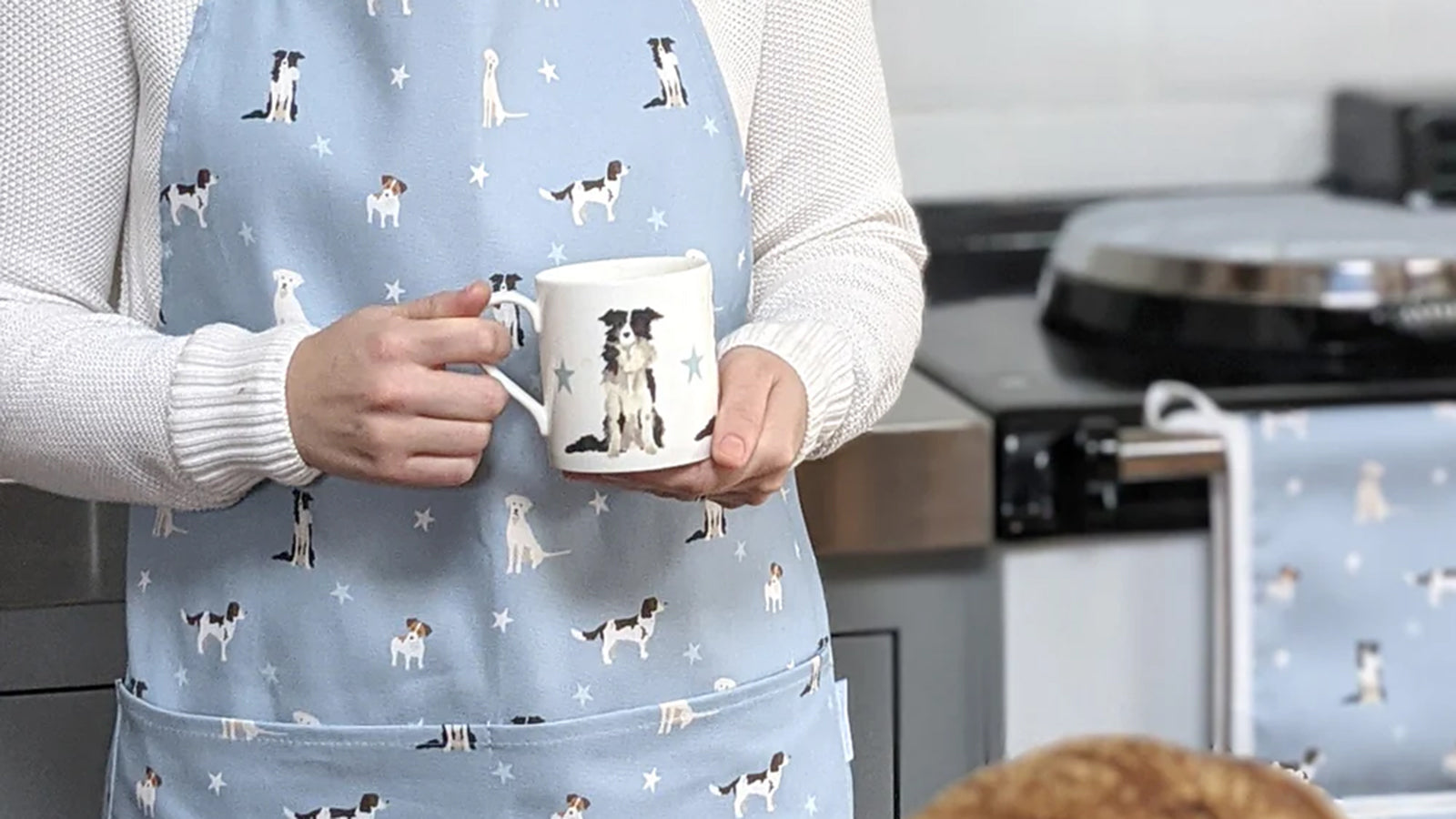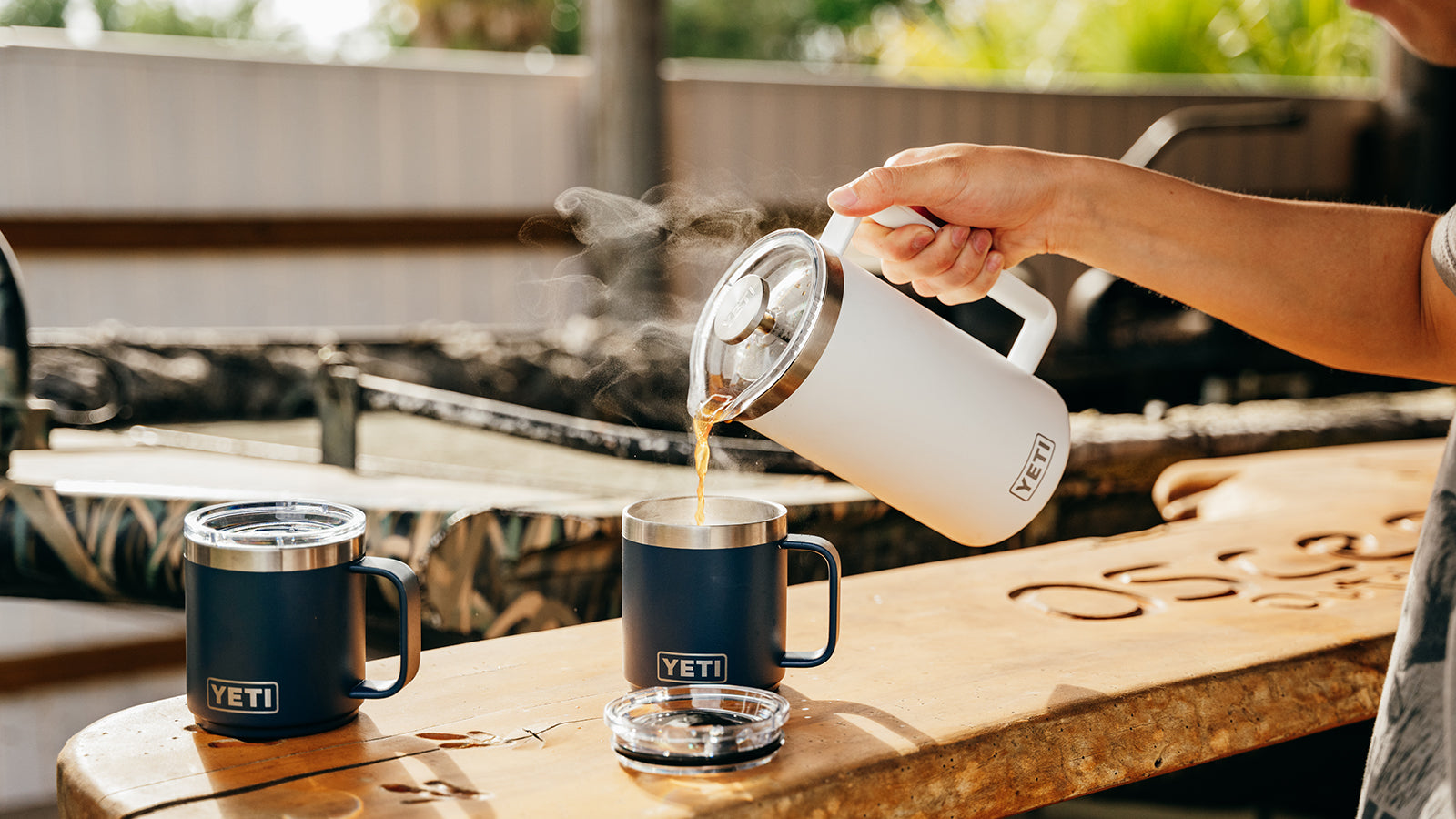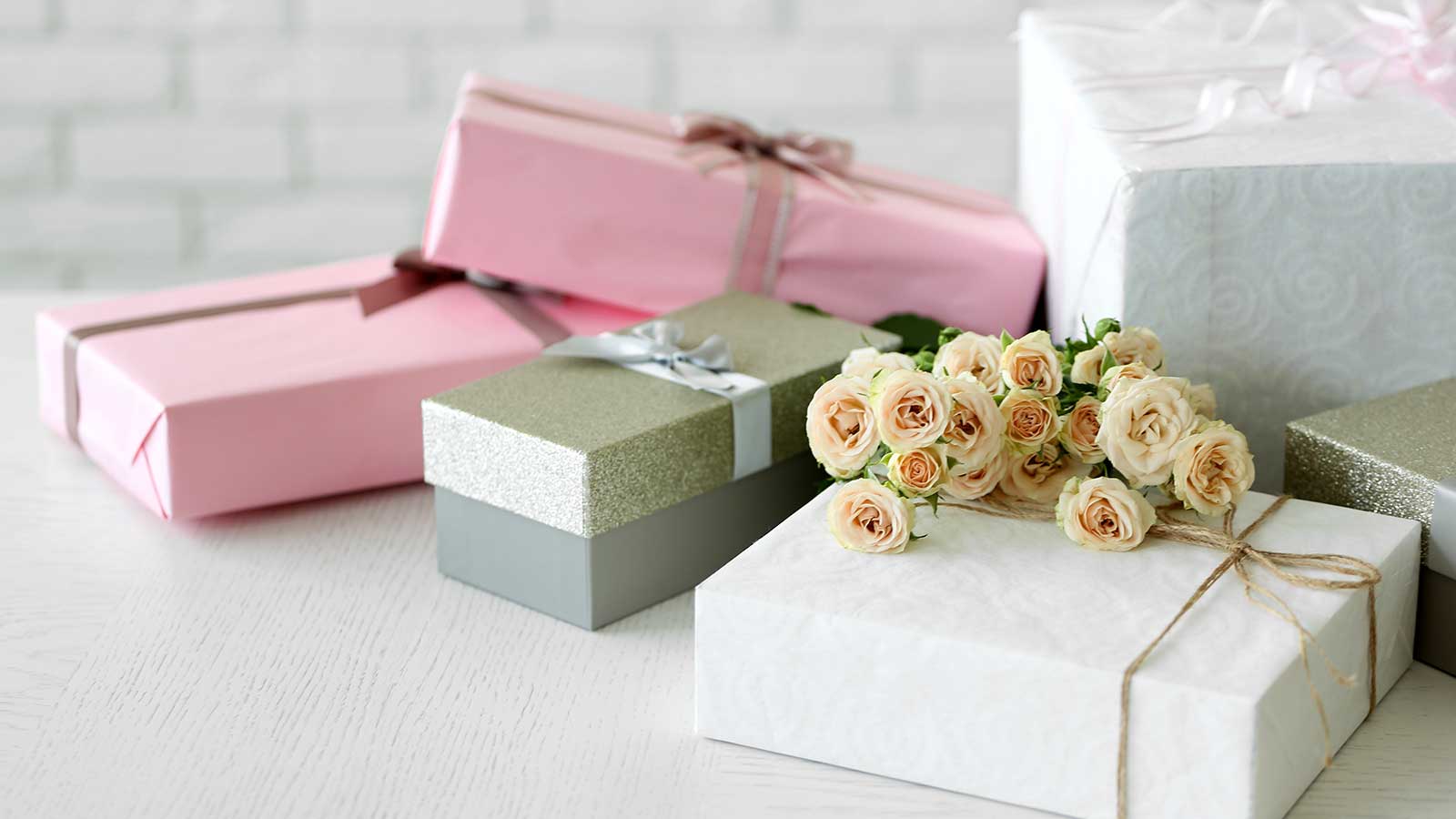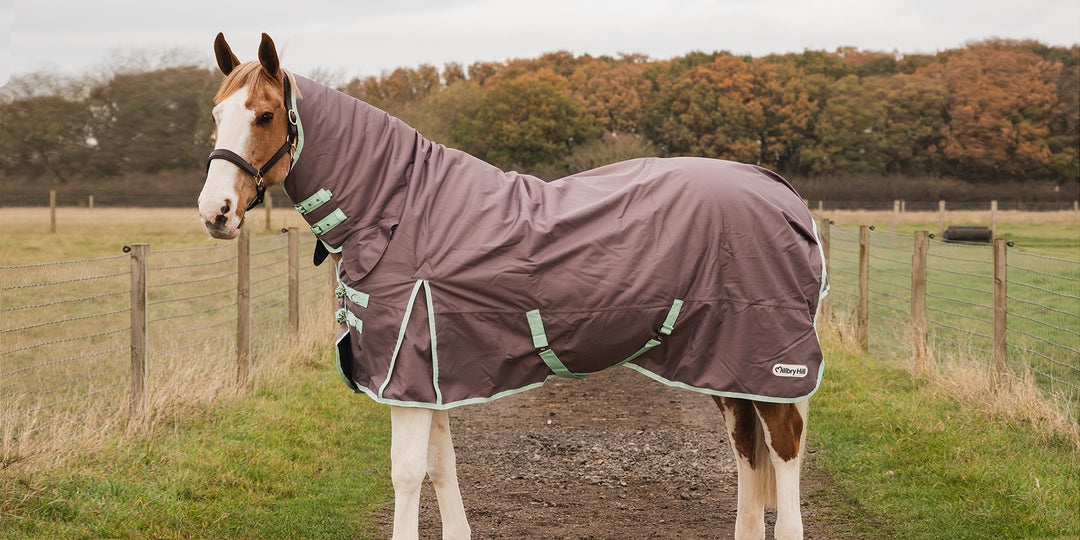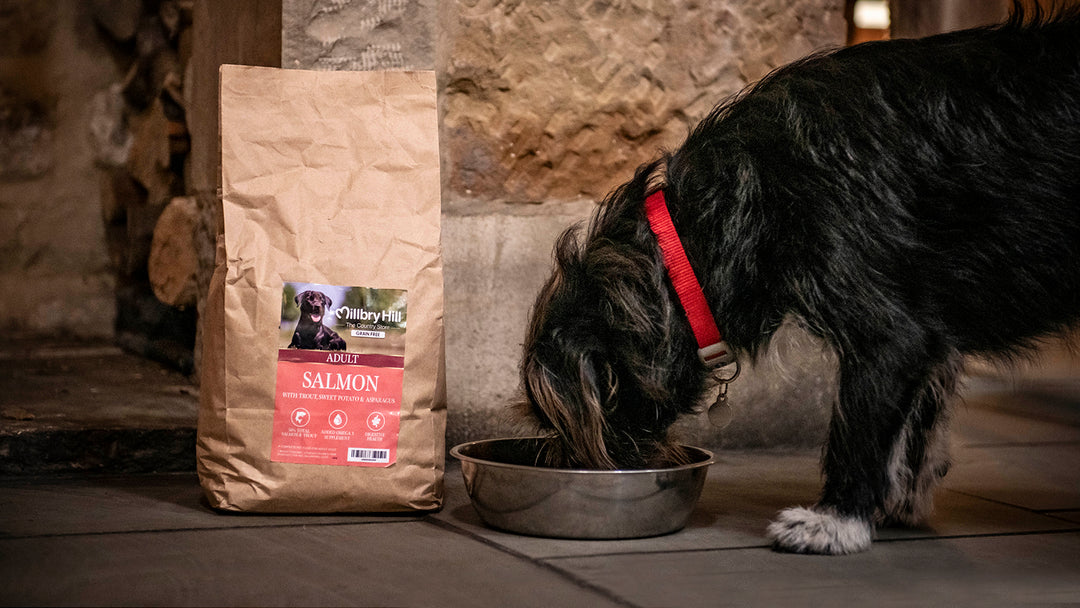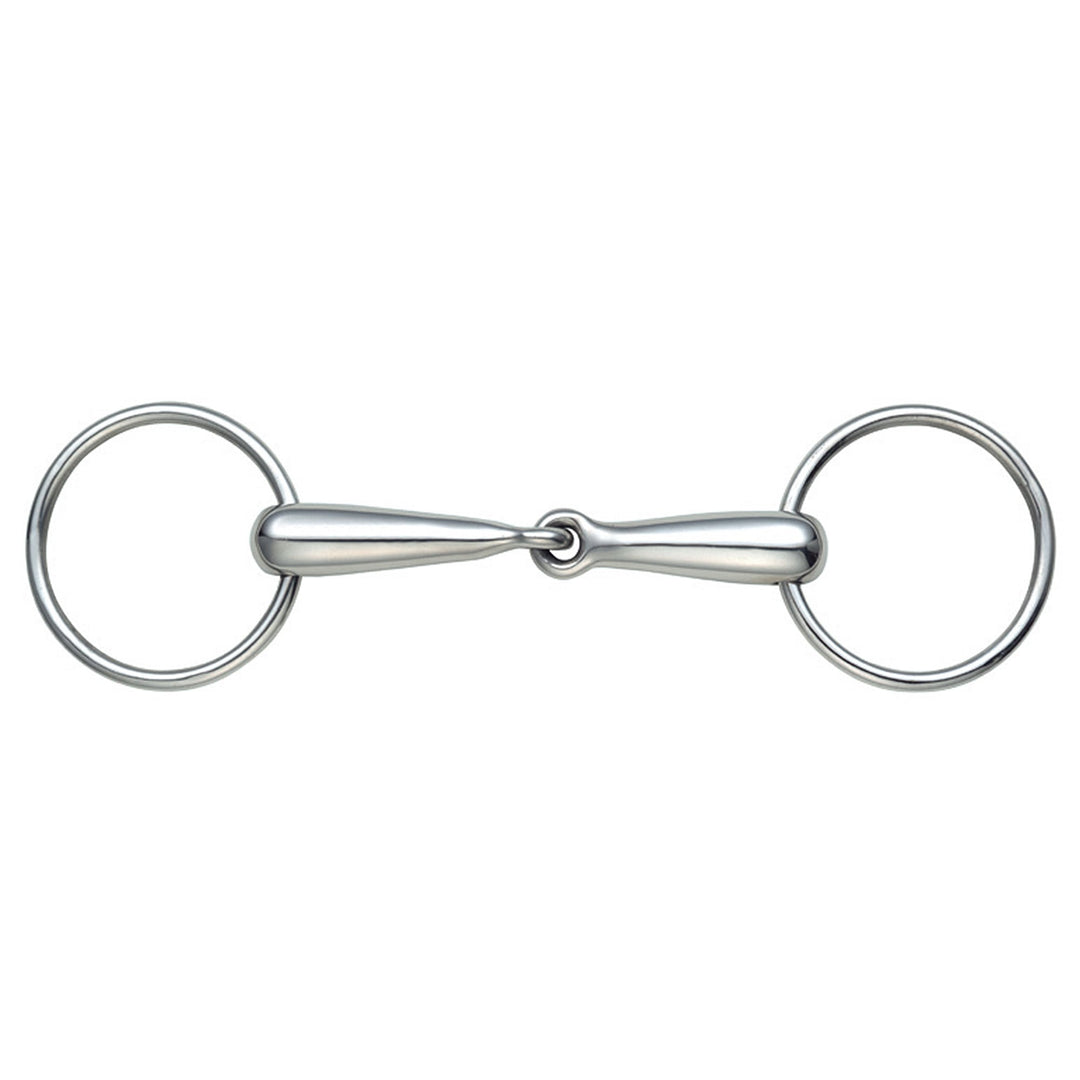
4 In Stock - Get it by Wednesday 10 December with Priority Delivery
6 In Stock - Get it by Wednesday 10 December with Priority Delivery
★ Earn 15 Reward Points with this item! Learn More...
★ Earn 15 Reward Points with this item! Learn More...
Goes well with
UK Delivery from £3.99*
|
Economy Delivery 5-10 Working Days * |
Standard Delivery 3 - 5 Working Days * |
Priority Delivery 1-2 Working Days * |
Orders Over £75 | |
|---|---|---|---|---|
| Small Packet Approx 0kg - 2kg |
£3.99 | £4.99 | £9.99 | Free |
| Medium Parcel Approx 2kg - 5kg |
£4.99 | £5.99 | £9.99 | Free |
| Large Parcel Approx 5kg - 20kg |
£5.99 | £7.99 | £9.99 | Free |
| Parcels 20kg + | Calculated at Checkout | Calculated at Checkout | Calculated at Checkout | Calculated at Checkout |
Offshore, Highlands & Remote Postcodes
Due to the extra charges and restrictions imposed by our courier for some Highland, Remote and Offshore postcodes, delivery surcharges may be applied for parcels that are sent via our courier. We may be unable to ship some larger items to these areas, and unfortunately we are not able to offer Free Delivery to these postcodes. All available delivery options and costs for your chosen items will be shown during checkout.
Highlands, Remote & Offshore Postcodes include Channel Islands, Northern Ireland, Scottish Highlands and UK Islands, as covered by the following postcode areas: AB30-38, AB41-56, BT, FK17-99, G83, GY, HS, IM, IV1-28, IV30-56, IV63, JE, KA27-28, KW1-17, PA20-49, PA60-78, PH1, PH5-10, PH15-26, PH30, PH31-44, PH49-50, TR21-25, ZE
You can order to collect in any of our retail stores for FREE!
Place your order online and collect your items for free from your local Millbry Hill store. For items stocked at your local store, Click & Collect orders placed before 2:00pm are usually available for collection the same day. Orders placed after 2:00pm, are normally available the following day.





